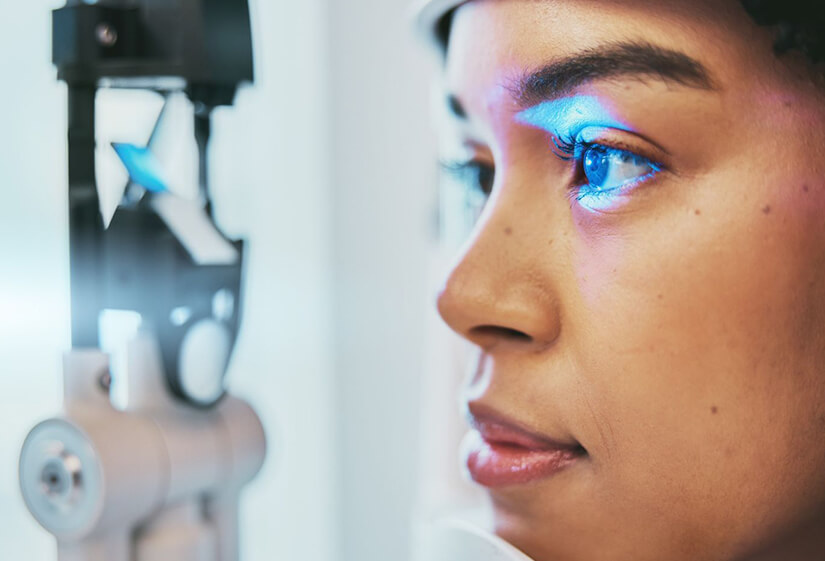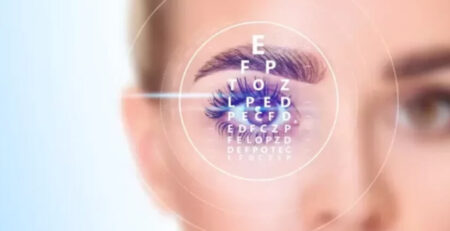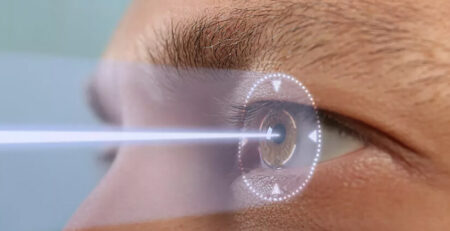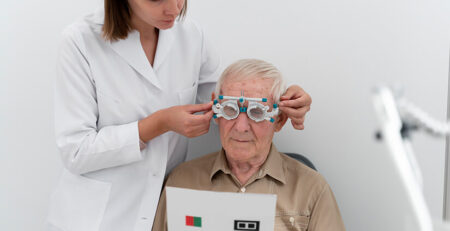Can I Have Cataract Surgery after LASIK?
The straightforward answer is yes, you can have cataract surgery after LASIK.
For many, LASIK eye surgery is a life-changing experience to correct vision and get freedom from the dependence on glasses or contacts. But as you age, cataracts can cloud your vision once again. In that case, you may require cataract surgery. This can raise a natural question: is it possible to have cataract surgery after LASIK?
The good news is having previously undergone LASIK doesn’t prevent you from reclaiming clear vision through cataract surgery. It can be a seamless transition with the right knowledge and preparation.
Difference Between LASIK and Cataract Surgery
Understanding the difference between LASIK and cataract surgery can help you know the possibility of having one after LASIK.
LASIK and cataract surgery target different parts of the eye and serve different purposes.
LASIK eye surgery reshapes the cornea, the outermost layer of the eye, to correct refractive errors like nearsightedness, farsightedness, and astigmatism, providing freedom from glasses and contacts and improving clear vision.
On the other hand, cataract surgery removes the natural cloudy lens and replaces it with an intraocular lens to address the cloudiness caused by cataracts.
These two different procedures target different structures, making them compatible with one another.
Also, cataracts are an age-related eye problem that occurs due to the natural ageing process of the eye’s lens. Therefore, having previously undergone LASIK doesn’t increase your risk of developing cataracts. In fact, the improved vision provided by LASIK might alert you of the beginning of cataracts when their clouding begins to impair your vision.
Preparing for Cataract Surgery After LASIK
While LASIK does not interfere with cataract surgery, having prior LASIK does require some additional considerations for cataract surgery, including:
Power Calculation: After LASIK, accurately measuring the power of the artificial lens for cataract surgery becomes essential because LASIK changes the cornea’s curvature, affecting how light enters the eye. These are some specific formulas to calculate the lens power.
Having LASIK Records: You must have records from your LASIK surgery, including the initial refractive error and any changes made to the cornea. These details help determine the appropriate IOL power for cataract surgery. If you have your LASIK surgery papers, provide them to your eye specialist in Delhi before cataract surgery to ensure a more accurate outcome.
Selection of IOL : Different types of IOLs are available that help you be spectacle free after cataract surgery. Your Eye specialist will inform you of the best suited IOL for you, that will bring your vision back to the same clarity.
Consult Your Eye Specialist: If you are considering cataract surgery after LASIK, consult the best eye specialist in Delhi. They will conduct a comprehensive eye examination, review your medical history, and assess the condition of your eyes. Additionally, they may perform specialized tests to measure corneal thickness, curvature, and other factors influencing IOL power calculations.
If you previously underwent LASIK eye surgery and now cataracts have developed, don’t wait. Consult an eye specialist like Dr Anisha Gupta to see the world clearly again.










